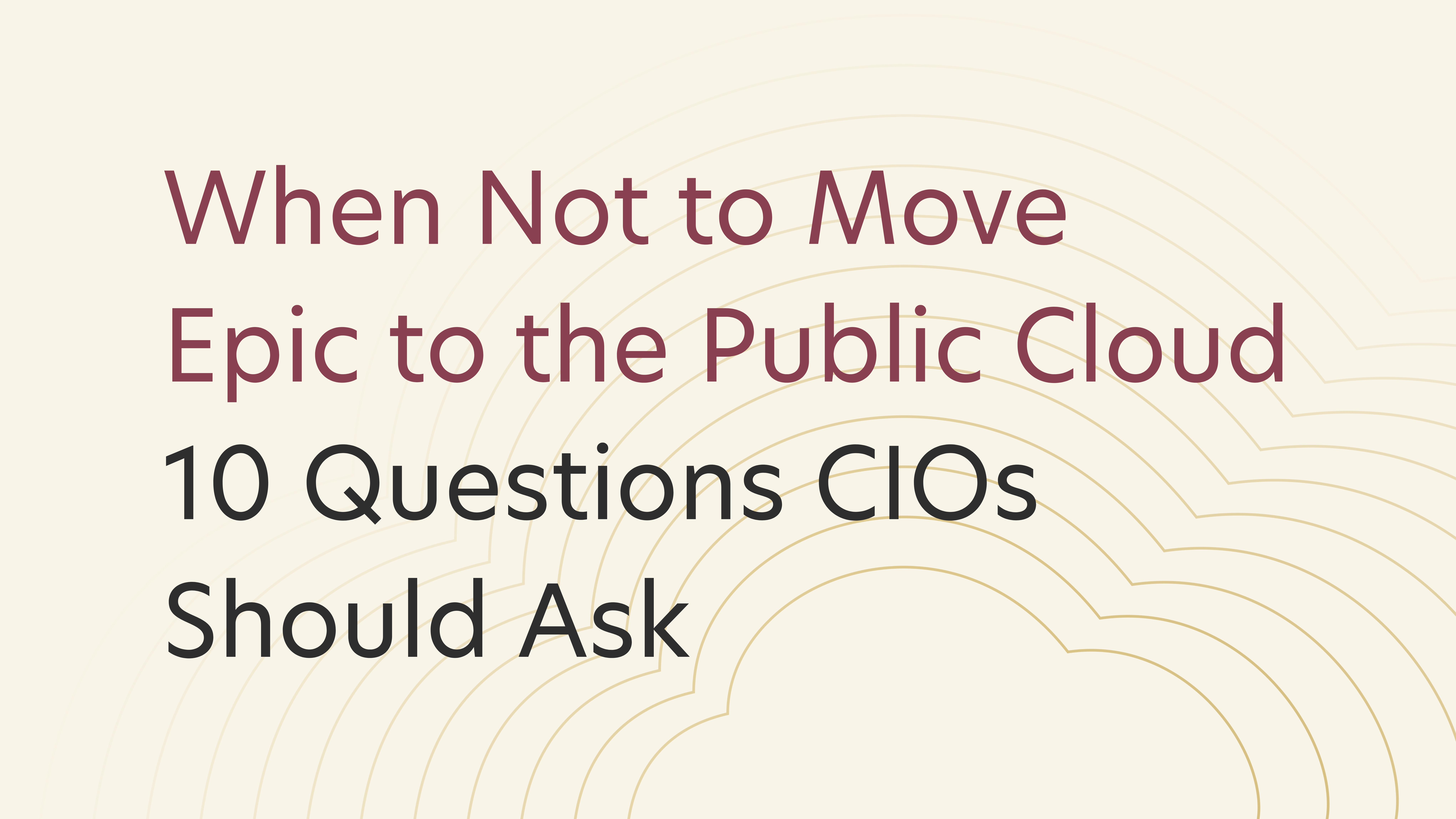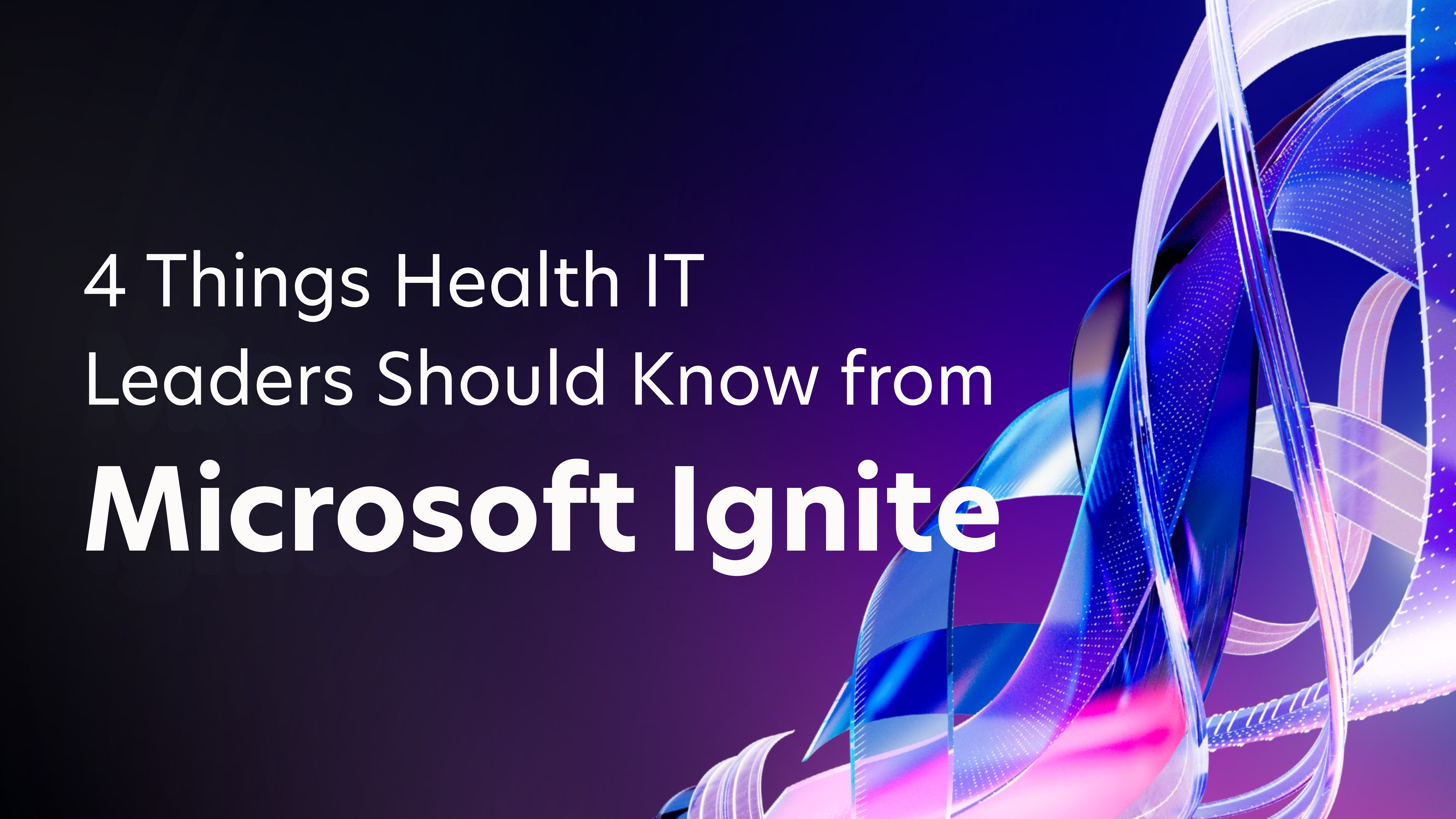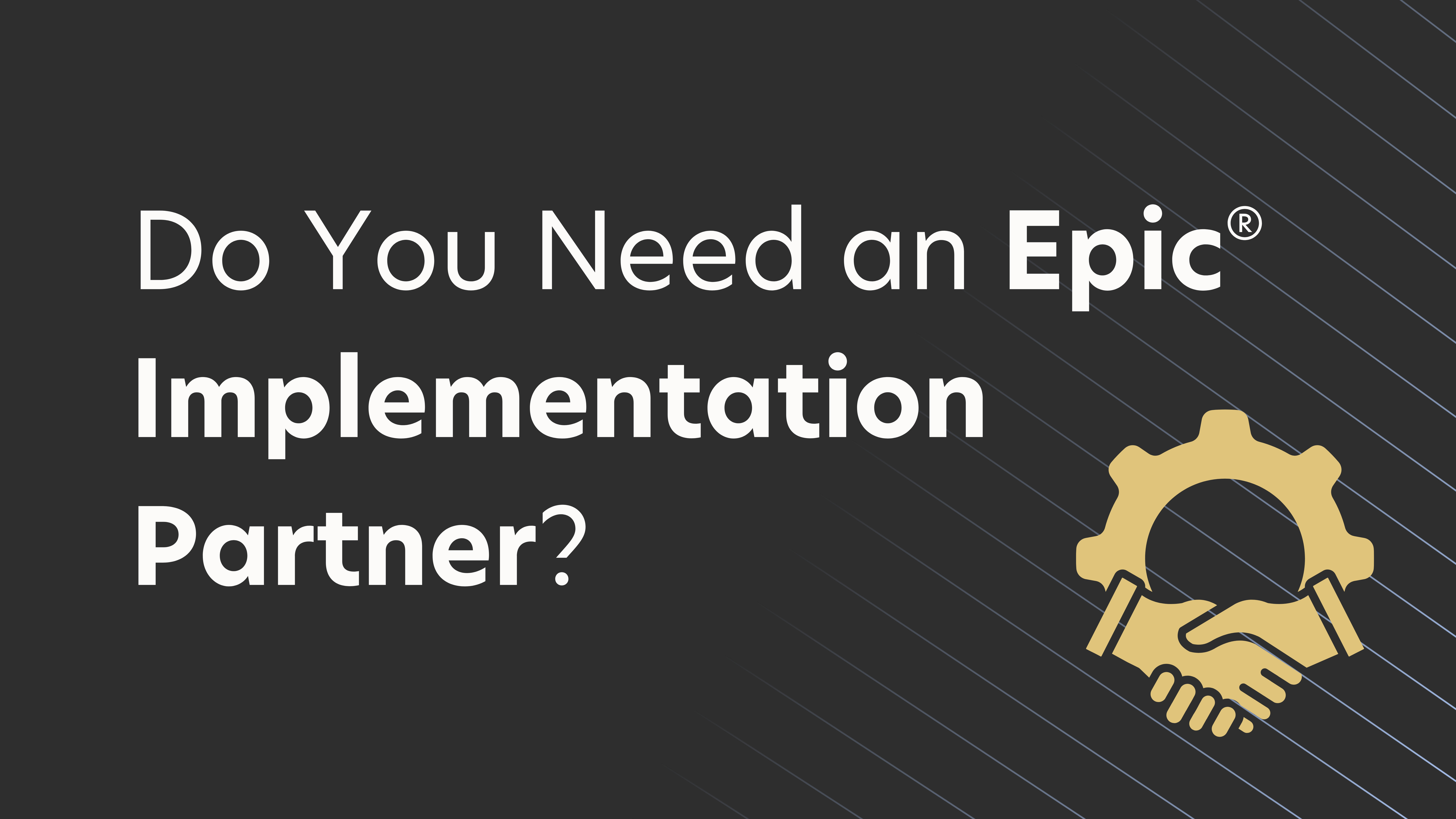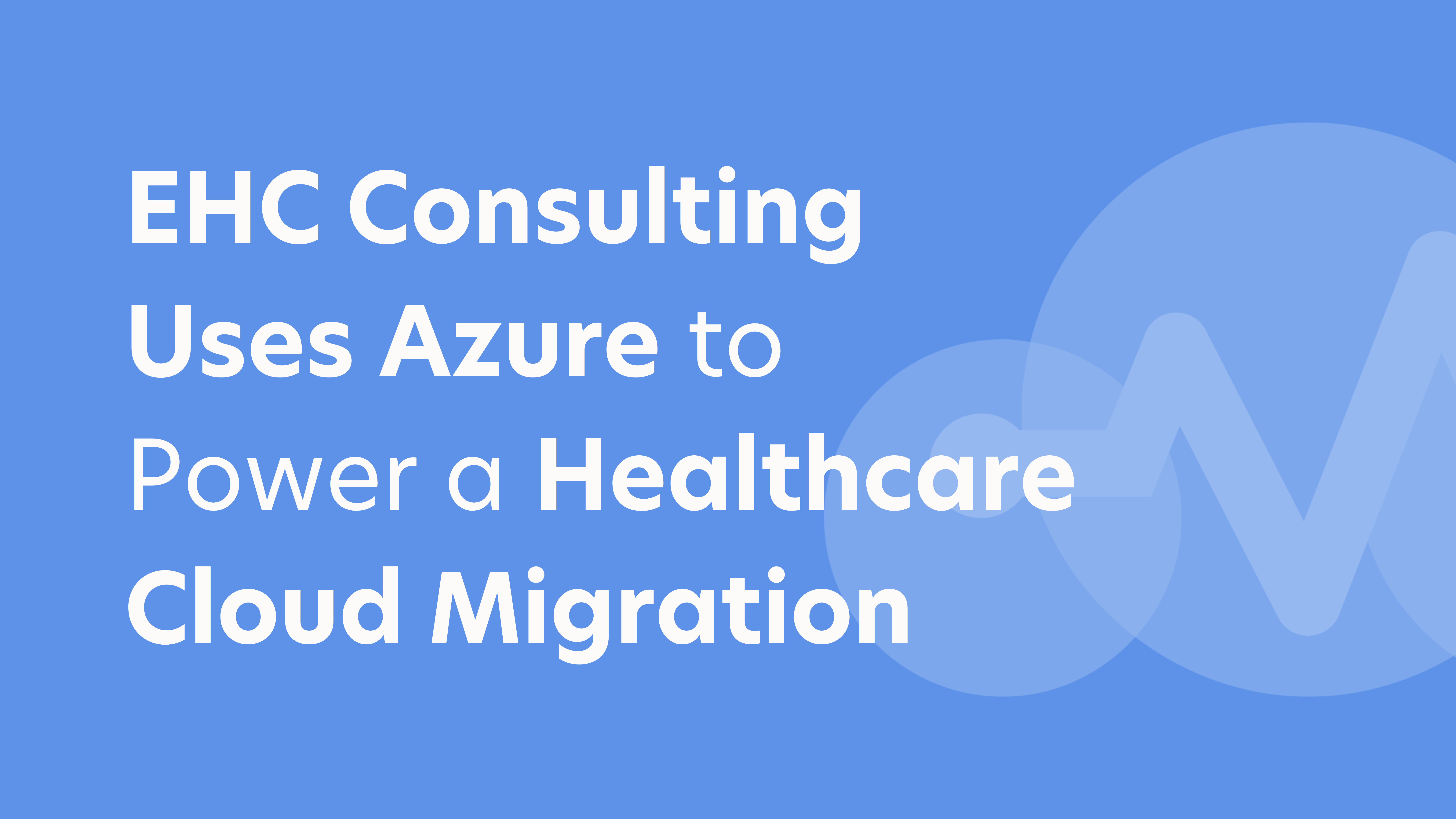
Health systems are under pressure to modernize their Epic environments – faster, more securely, and at lower cost. For many, that points toward the public cloud. But the reality is much more nuanced.
I recently worked with a client to assess their existing Epic estate – from the data center operations to application configuration and everything in between. The goal was to identify opportunities to improve user satisfaction, reduce cost, strengthen security, and ease complexity. In many cases, moving Epic to the public cloud achieves all of those outcomes. But with this client, my recommendation was the opposite: keep Epic on-premises.
That recommendation surprised some of my industry colleagues, since EHC Consulting’s core focus is helping health systems run Epic on public cloud platforms. But it shouldn’t surprise anyone. Our role isn’t to sell cloud migrations – it’s to serve as a trusted advisor. If staying on-premises is the best way to deliver reliable, secure, and cost-effective Epic performance, that’s the guidance we give. If this means NOT moving Epic to public cloud, we will always make that recommendation.
In light of these recent client conversations, I created a list of questions for CIOs to ask themselves and their organization to determine if hosting Epic on public cloud is right for them.
- Is the time my staff spends managing legacy on-premises infrastructure and data center operations affecting our ability to innovate and address complex healthcare challenges?
- Are hardware procurement timelines slowing our ability to support clinical or business priorities?
- How quickly can we keep up with changing business needs and changes to compliance frameworks? Can IT keep up with our business?
- Are clinicians satisfied with system responsiveness and uptime?
- Do we have a tested disaster recovery architecture and failover process that meets Epic’s and our own expectations? How long would it take to recover from an outage? Have we had any major outages in the last year? If yes, what caused them and were we able to recover and/or failover to DR within the expected service level agreements?
- Are there known vulnerabilities in our on-prem architecture that could put patient data or safety at risk?
- Do we have a documented, tested plan to respond to a ransomware event?
- Can we sustain the capital expenses required for ongoing hardware refreshes and forecast them accurately?
- Do we have granular financial monitoring and reporting to understand how Epic infrastructure costs map to budget allocations?
- Do we have the infrastructure in place today to adopt next-generation technologies like generative AI to improve clinician experience and patient care?
These questions are designed to help health system IT leaders evaluate their architecture, documentation, processes, security, financial health and user satisfaction. If your answers reveal gaps – frequent “no’s” on readiness items or “yes’s” on pain points – it may be time to reevaluate your current approach. On the other hand, if your responses show that your infrastructure is secure, resilient, cost-effective, and aligned with your business needs, you’re likely on the right track.
The goal isn’t to move Epic to the cloud for its own sake, but to ensure your architecture supports the level of performance, agility, and security your clinicians and patients expect.




